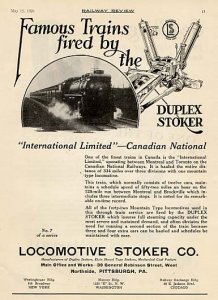Wow, this thread got real busy today! Russ, I didn't mean that locos don't need sand anymore, just that the open bin would be out of use and dry sand would be delivered in covered hoppers, and blown to the towers, as Andrew mentioned. My railroad is not very firmly fixed in a particular era, early 50's is the main thrust, early 40's is cool too. Heck, mid 60's holds an attraction as well! But I reckon the sand bin can be pretty beat up looking in any of those situations.
Pete, if 11 means November, yeah I might have photos by then!
Pete, if 11 means November, yeah I might have photos by then!


